We may earn money or products from the companies mentioned in this post. This means if you click on the link and purchase the item, I will receive a small commission at no extra cost to you ... you're just helping re-supply our family's travel fund.
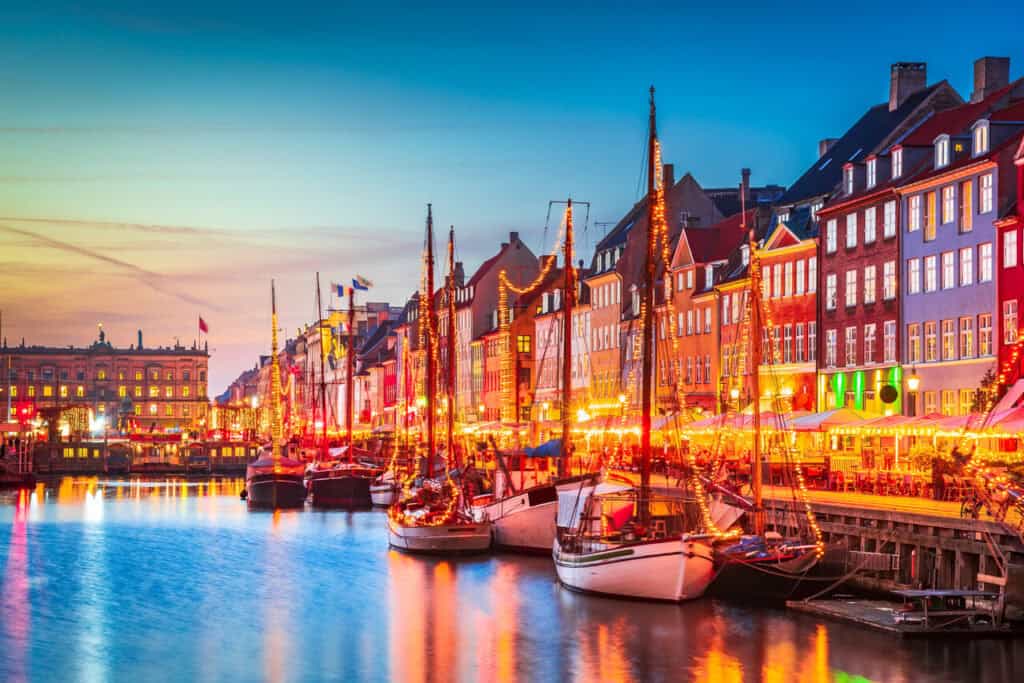
You know why coastal towns are under pressure: rising seas, heavier storms, shifts in land usage. Staying static isn’t an option anymore. What you see now is a shift in how towns adapt turning vulnerabilities into strength through thoughtful design. From raised foundations and natural buffers to hybrid hard-soft defenses, some towns are already showing what works. Below are seven coastal towns where flood-proof design isn’t just theory- it’s changing lives. If you care about coastal resilience, these are places worth knowing.
1. Faaborg, Denmark
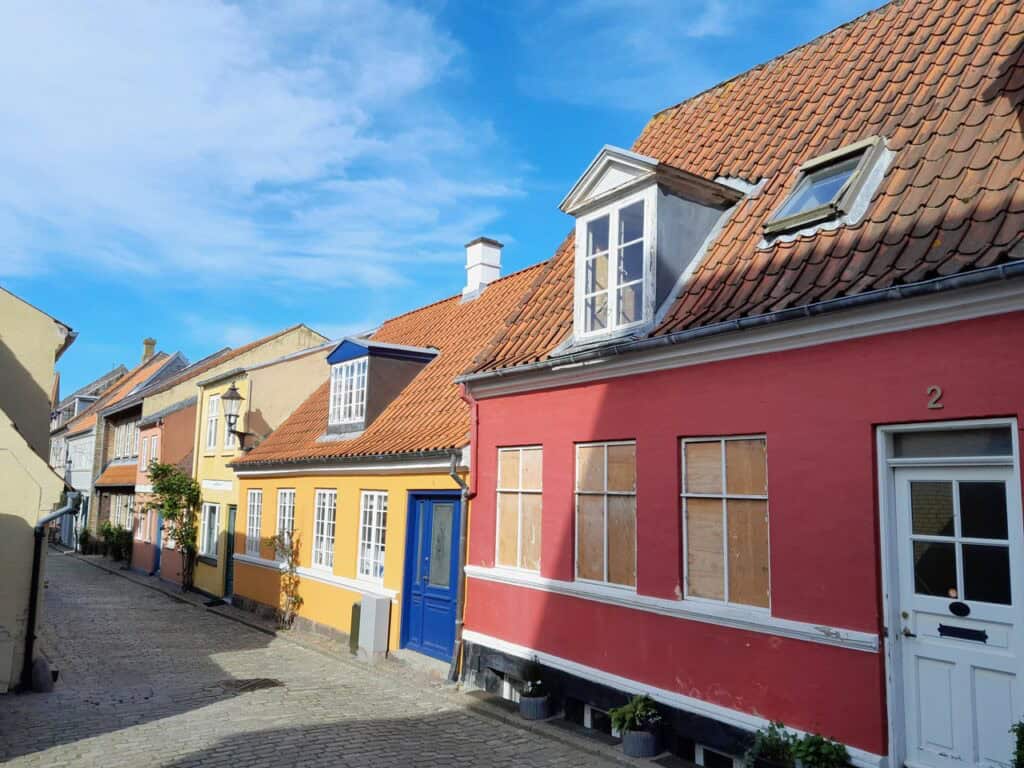
Faaborg has become a model for combining heritage conservation with climate resilience. The town sits in a flood-risk coastal zone. To manage this, planners and architects developed a strategic master plan that works across multiple fronts. They’re reinforcing the port area and medieval centre using a variety of coastal defence techniques. Some foundations in reclaimed land are being modified so buildings sit better when sea levels fluctuate. They’re restoring water channels like the Sundrännan culvert to act as open channels for regulated water flow rather than letting rainwater overwhelm drains. In old industrial zones, new public spaces double as flood retention or overflow areas. What this means for you is this: Faaborg teaches that flood-proofing is not just about walls and barriers. It’s about reconnecting to landscape, respecting history, and designing so water has a place to go rather than fighting it everywhere.
2. Dordrecht, Netherlands
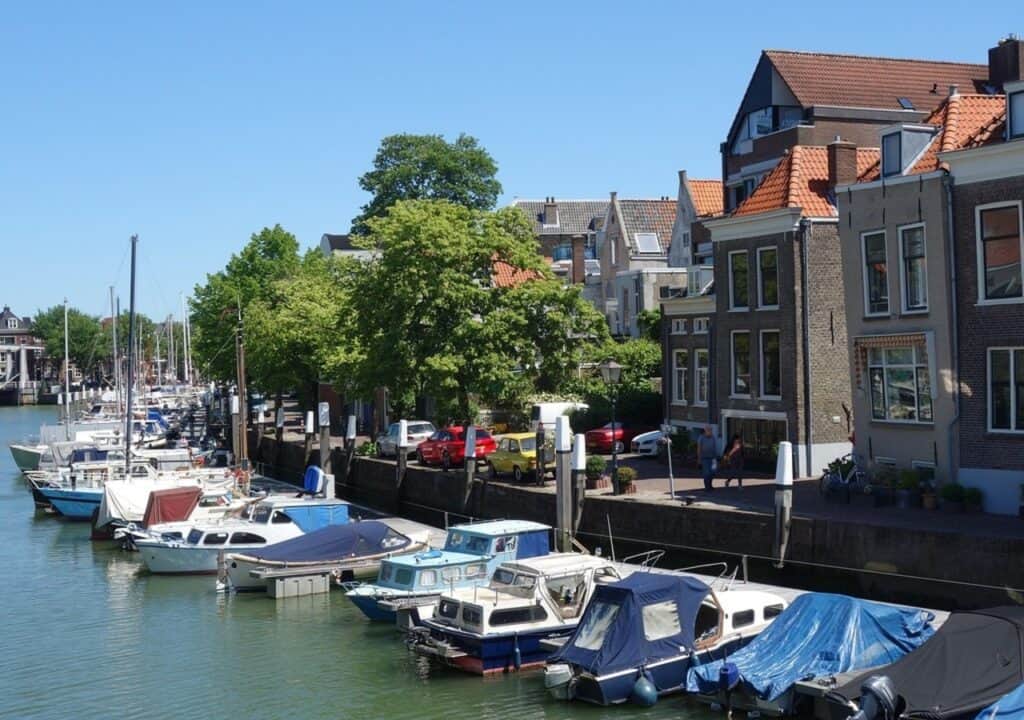
Dordrecht sits where rivers meet the sea. It has been at flood risk for centuries but its response is not just reactive, it’s strategic. The city’s plans under the “Valuing Water” initiative view flooding as a design constraint to work with, not something to ignore. They use a combination of dikes, storm barriers, and carefully designed water plazas that flood under controlled conditions, protecting sensitive zones. There are restoration efforts for floodplains and wetlands that buffer extreme runoff. Also regulations now consider not just protecting buildings but giving water room in the urban structure. When you walk through Dordrecht today, you find public spaces that look normal during dry weather but act as safety valves during storms.
3. Krimpen aan den IJssel, Netherlands
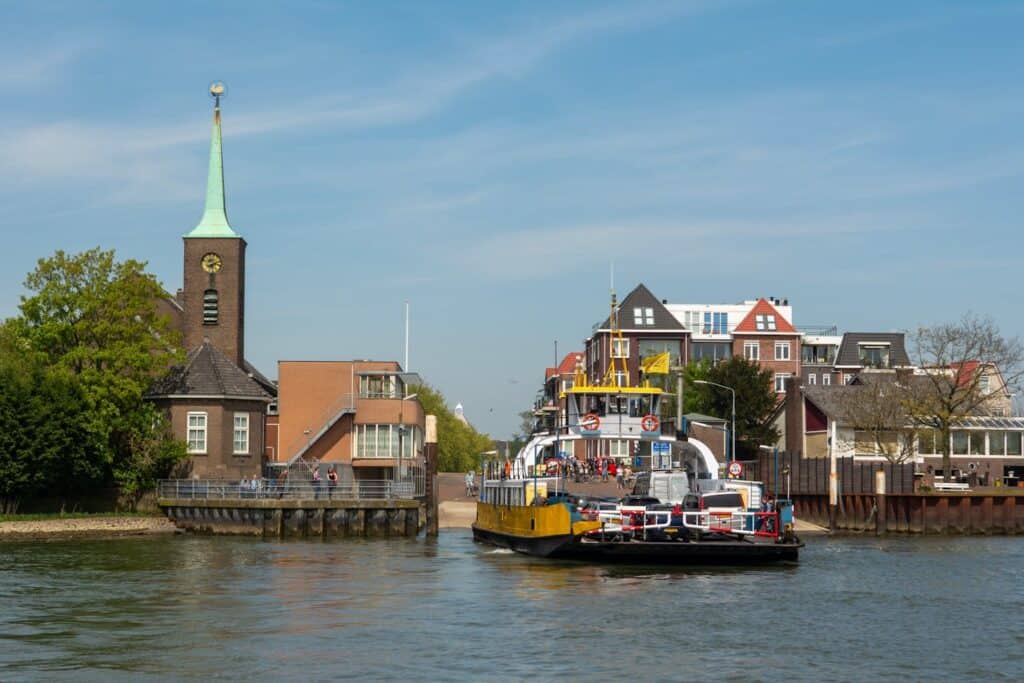
Here’s a town with a low elevation much of it is below sea level and it depends heavily on engineered defences. One of its key defenses is a storm-surge barrier on the Hollandse IJssel river. Over time, the town has built higher dikes, reinforced flood walls, and integrated water safety into its urban planning. Rather than treating flood defences as afterthoughts, Krimpen treats them as essential infrastructure: roads, embankments, and even public spaces are planned with worst case flood events in mind. What this means is, for you as a resident or visitor, the visible infrastructure levees, walls, barriers is not just ugly necessity. Often it’s integrated into walkways, parks or views. These measures raise cost, but they buy you resilience.
4. Hoboken, New Jersey, USA
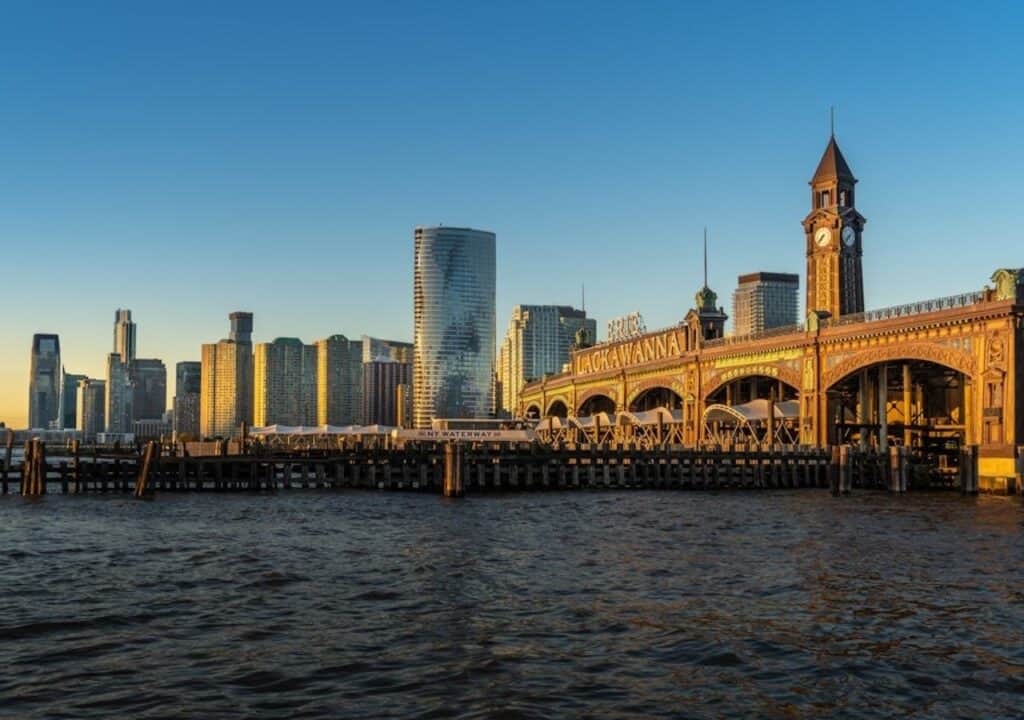
Hoboken shows you what happens when a flood event forces change. After Hurricane Sandy, Hoboken adopted a comprehensive flood resilience strategy through the Rebuild by Design competition. The focus is on four key actions: resist (hard barriers), delay (systems that slow floodwater), store (parks and underground tanks), discharge (efficient drainage). Parks have been reimagined to double as water retention basins. The edges of the city are managed with green belts that absorb surge, floodwalls that close when needed, and street design to handle both intense rain and rising tides. It’s a mix of hard engineering and green infrastructure. For you, Hoboken demonstrates that part of flood-proof design is rethinking how public space works places you enjoy daily can also protect you in extremes.
5. Rotterdam, Netherlands
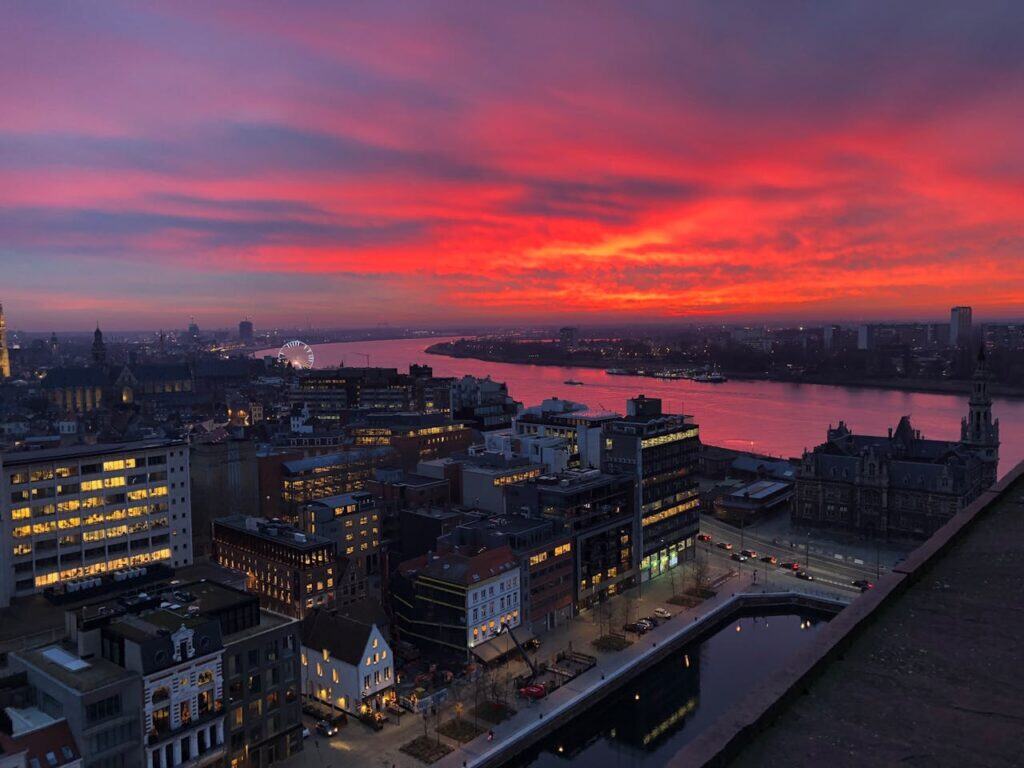
If you want to understand flood design at scale, Rotterdam is a master class. The city is built with dikes, storm surge barriers, and a long history of water engineering. But they’re moving beyond barriers. Projects like the Tidal Park Programme are turning former industrial or outer-dike spaces into multifunctional parks that can flood safely when needed. These spaces act as buffers, green zones, ecological corridors, and even recreation. Embankments are being designed not only to hold back water but to improve ecology, connect with people, and support biodiversity. Also, many waterfront developments are raising levels or using adaptive design so that flood risk doesn’t mean loss of aesthetic or function. For you, that means see/Public parks you walk in could double as your flood safety net.
6. Kampen, Netherlands
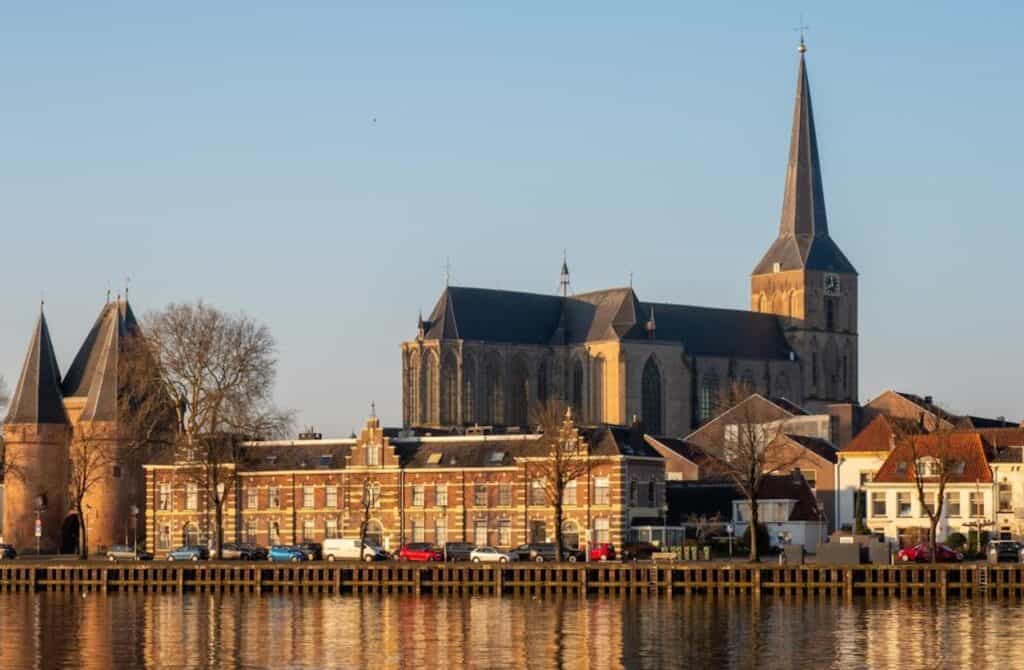
Kampen is a medieval town with a strong water legacy. The town walls, traditional dikes, and community awareness date back centuries. What’s interesting is how Kampen has layered newer flood protection over old fabric without destroying what gives the town character. Temporary barriers made of metal planks are assembled by volunteers to plug gaps in the old city wall during high water events. Permanent reinforcements protect key buildings. Water boards work with local government to ensure flood risk is managed for the town as a whole. For you, Kampen shows that flood-proof design doesn’t mean wiping out history it means smartly integrating the old and new, and using community participation in when it really counts.
7. Spakenburg, Netherlands
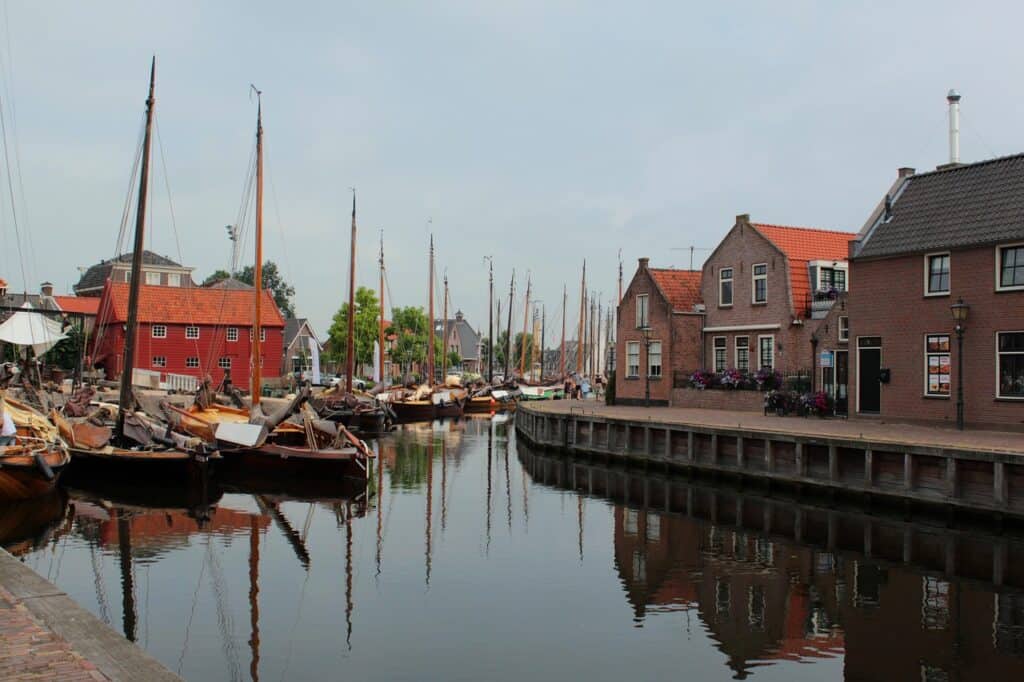
Spakenburg is a smaller fishing harbour town, but with ingenious local design for flood control. For example it installed a self-closing flood barrier embedded in its quay. The barrier lies flush when not needed. When water from the adjacent lake or harbour surges, its kevlar panels lift to seal off inlet paths. When waters recede, it drops back down and becomes nearly invisible. When you live in or visit a place like Spakenburg, you see both beauty and function. The protective works aren’t massive walls or concrete prisons-they’re systems that respond, that are dormant most of the time, that work when you need them.